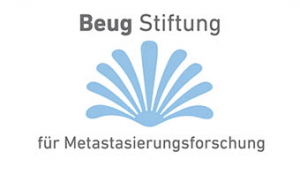Antoni Celià-Terrassa, Research Institute Hospital del Mar (IMIM), Barcelona Spain
Project 2023
Targeting metastatic-initiating cells and immune evasion
Metastatic initiation in distant organs requires stem cell-like tumor initiation phenotypes, also called metastatic stem cells or metastasis-initiating cells (MICs). These stem cell-like phenotypes can be associated to immune-evasive and immunosuppressive properties through different mechanisms. We have shown that cancer stem cells (CSCs) are inherently associated to low antigen-presentation machinery (APM), making these cell populations invisible to the immune system. We have designed an innovative and unique tool to identify stem cell immune-evasive (SCIE) phenotypes: an IFN Stimulated Response Element (ISRE)-reporter system that faithfully report the APM levels, crossed it with a SOX2/OCT4+ CSC reporter. Using this tool, we propose an unsupervised drug screening analysis with repurposing and receptor inhibitor libraries to identify molecules that can suppress metastatic SCIE phenotypes. Multiple metastatic cell line models will be tested to have a preliminary validation of the most efficient drugs suppressing SCIE. In future research projects, the identified drugs in this proposal will be further studied by transcriptomic computational analysis of clinical data, and used in preclinical experimental metastasis assays in combination with immunotherapy. The results from this research will have translational impact in the metastasis research, and in immunooncology providing new immune-based therapies with feasible application in the clinical practice.

